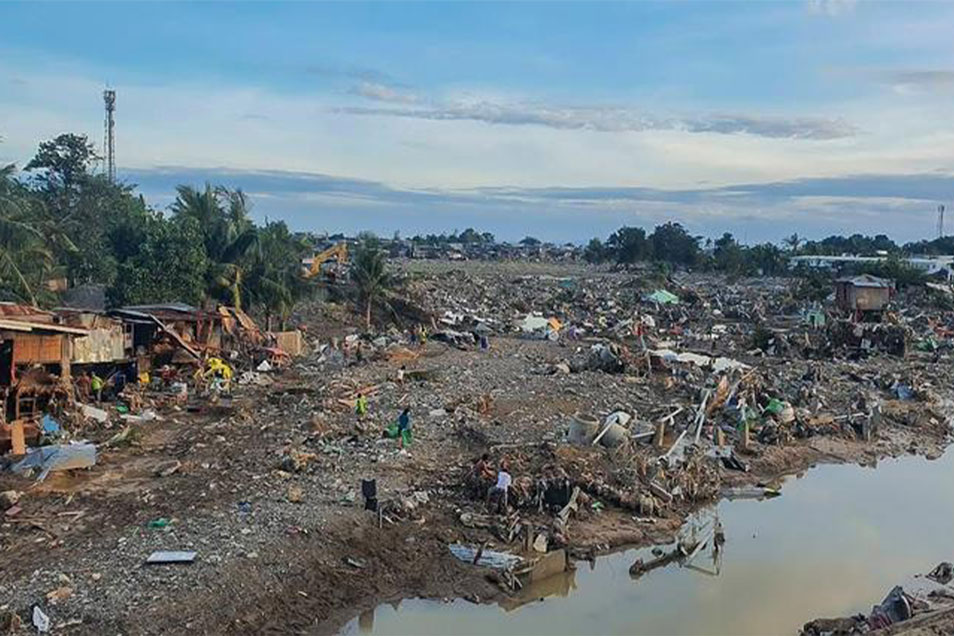On the morning of November 7 (local time), the Office of Civil Defense (OCD) said that the death toll from typhoon Kalmaegi in the Philippines had increased to 188.
Of the victims, 135 were in concubine province, 24 in Negros Occidental, 9 in Negros Oriental, 6 in Agusan Del Sur, 3 in Capiz, 2 in Southern Leyte, and 1 in Leyte, Antique, Iloilo, Guimaras and Bohol provinces.
Although some cases are still being verified, according to OCD, the main cause of death is drowning and injuries due to debris.
The OCD added that 135 people are still missing, mainly in Cebu, Negros Occidental and Negros Oriental, while 96 others were injured.
According to the Deputy Director of the OCD Office for Administration, Raffy Alejandro, Cebu, Negros Occidental and Negros Oriental are the three areas that syried serious floods.
Regarding damage, initial reports recorded total infrastructure damage of about 6.3 million pesos ($100,000) and agricultural damage of about 13.3 million pesos ($220,000).

However, Alejandro said that in serious disasters like Kalmaegi, damage to agriculture and infrastructure typically amounts to about 300 million pesos ($5.1 million).
We still need to collect reports on government and private infrastructure. This is quite difficult because many important projects such as health stations, departments and other facilities have been affected, said Alejandro.
Alejandro added that it is estimated that about 9,600 homes were partially or completely damaged in newly released statistics, but this number is still being verified.
Previously, on November 6, Philippine President Ferdinand Marcos Jr. declared a national emergency after Typhoon No. 13 Kalmaegi swept through the Central provinces, killing at least 140 people and leaving 127 missing up to that point - becoming the deadliest natural disaster in the Philippines this year.
President Marcos said the declaration of a state of emergency would help the government quickly provide emergency relief funds, while preventing speculation and raising food prices. He also called an urgent meeting with disaster prevention agencies to assess the damage and coordinate relief work.











